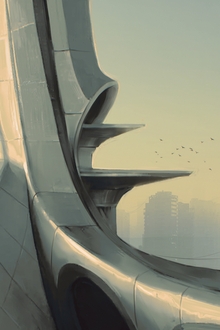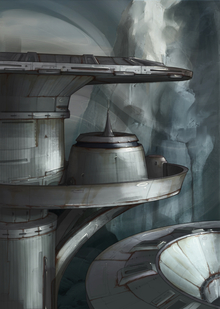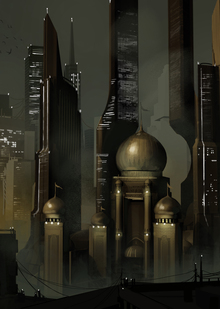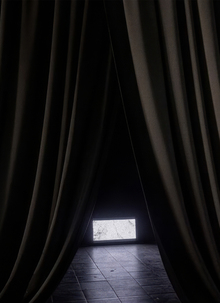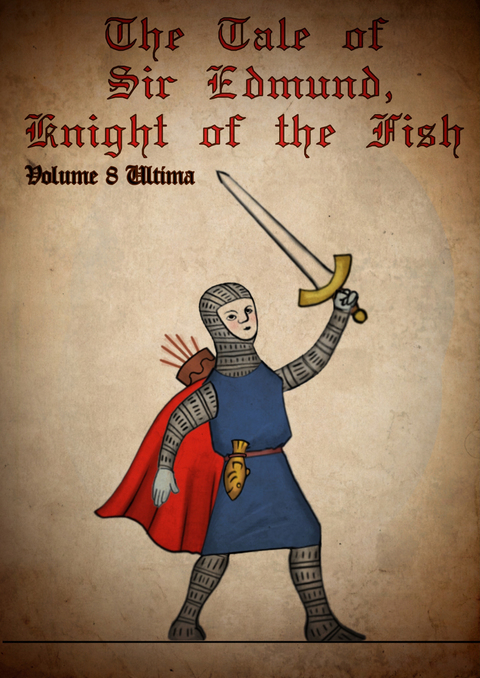
The Tale of Sir Edmund
The project is a two-dimensional action-RPG designed in the visual style of a medieval book miniature. The protagonist, Sir Edmund, wanders through the absurd, adventurous world of medieval art in an attempt to fulfill the mission entrusted to him by God — to resurrect a dried carp. The player will have to find several magical artifacts and fight against many adversaries.
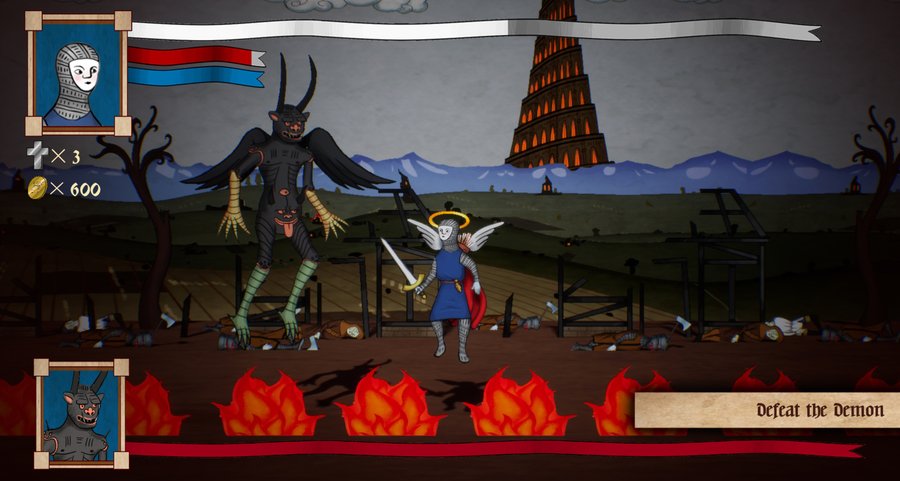
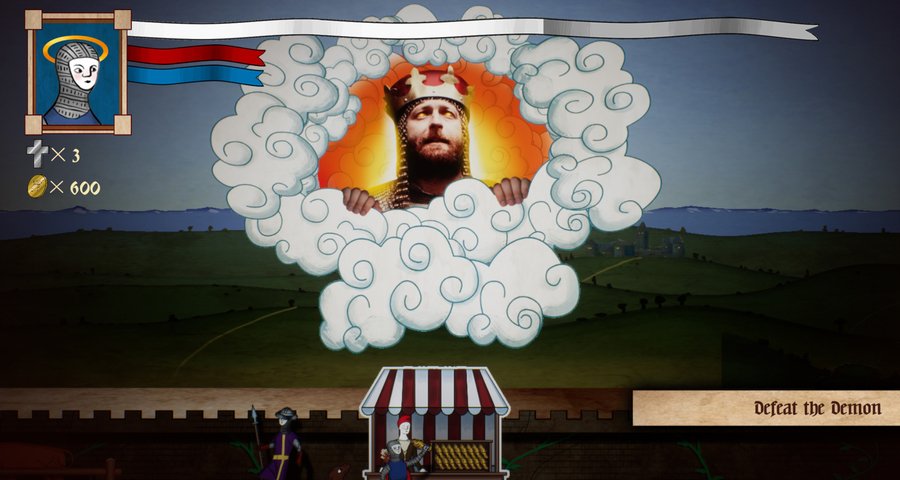
The features of the project are: accessible gameplay; a recognizable setting traditionally used in intertextual metaphors; active use of intertextual references both in the textual and aesthetic components of the game. Thanks to these factors, the project is able to unite existing audiences, divided by taste and generational boundaries, as well as attract new ones.
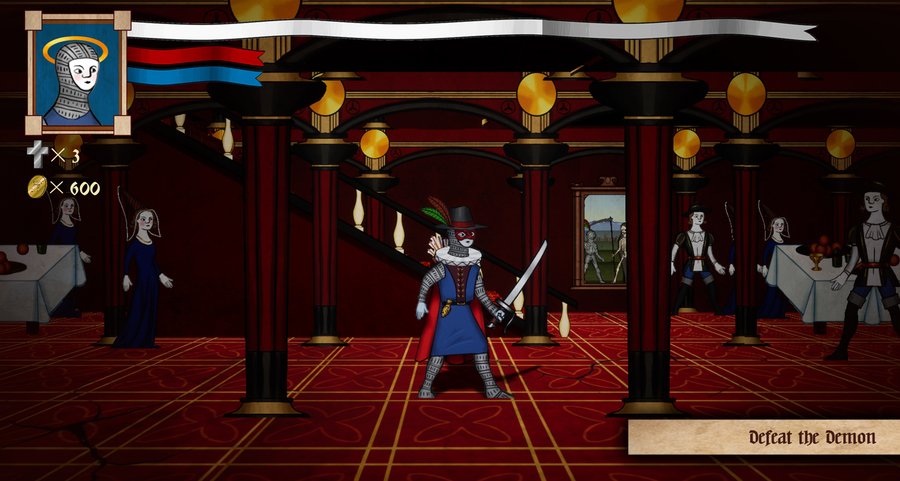
The project uses a variety of stylization techniques, reproducing medieval miniatures, small colourful illustrations, an integral element of a medieval illuminated manuscript, and chivalric romance, a popular genre of European literature, which largely determined the subsequent perception of the Middle Ages in popular culture as fantastic stories about the adventures of knights errant.
The project uses a variety of stylization techniques, reproducing medieval miniatures, small colourful illustrations, an integral element of a medieval illuminated manuscript, and chivalric romance, a popular genre of European literature, which largely determined the subsequent perception of the Middle Ages in popular culture as fantastic stories about the adventures of knights errant.
The game has several paths. The same problems can be solved in different ways; there are optional quests, which you can reject. Using different equipment and Divine Blessings you can also explore the same locations from various perspectives.
The player can choose either the usual movement around the game world (which can be accelerated by transferring to a horse), or the function of fast travel. Moving between locations, Sir Edmund leaves one book and enters another one. The image though appears to be continuous due to the myriorama effect.
All items collected by Sir Edmund are stored in his inventory. There are three types of available items: clothes that allow the hero to penetrate previously inaccessible locations, the main weaponry, and auxiliary items that provide various kinds of passive effects.
Edmund has access to several types of weapons with specific features. The main weapons are a bow, which allows you to shoot at long distances, and a sword with three types of attacks: chopping (affects mainly health); stabbing (affects mainly armour), and stunning (requiring charging, an ordinary enemy, if stunned, can be automatically finished off immediately).
Edmund has access to several types of weapons with specific features. The main weapons are a bow, which allows you to shoot at long distances, and a sword with three types of attacks: chopping (affects mainly health); stabbing (affects mainly armour), and stunning (requiring charging, an ordinary enemy, if stunned, can be automatically finished off immediately).
The central game feature of the project is the Divine Blessing scale, which is replenished when performing various actions and is spent on applying special abilities. When the scale is completely filled, it is reset to zero, and the player receives a Divine Blessing point, enabling him to purchase new features in the in-game menu.
Available abilities are divided into instant one-time ones — for example, restoring Edmund’s health or damaging enemies — and passive ones, indicated by various halos when used. Some of these powers also allow Edmund to explore previously inaccessible areas of the world.
The player can also place any equipment or Divine Blessing in the quick select wheel slot for operational use in the game.
The main goal of the project is to create a kind of intertextual novel, a narrative that, thanks to the richness and diversity of the cultural context, is able to attract many usually disjoint audiences.
